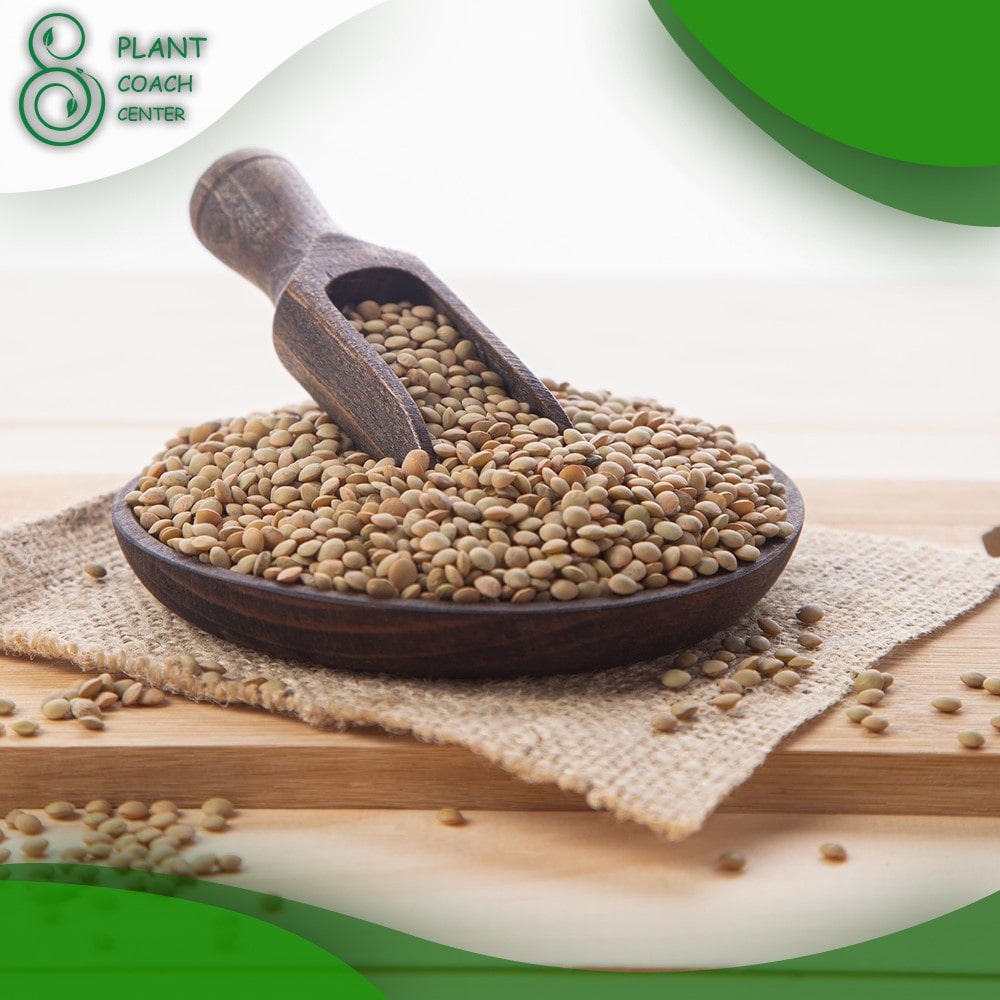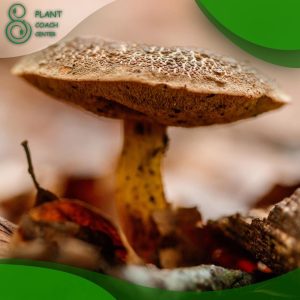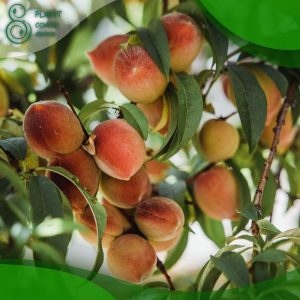Introduction
Welcome to the world of lentils, humble legumes that are an integral part of kitchens across the globe. This guide aims to address a fascinating question: “how do lentils grow?” By the end of this article, you’ll be well-equipped to start your lentil-growing journey.
What are Lentils?
Lentils, scientifically known as Lens culinaris, are small, lens-shaped legumes that come in various colors and sizes. They’re high in protein and fiber, and are a staple in many cuisines worldwide.
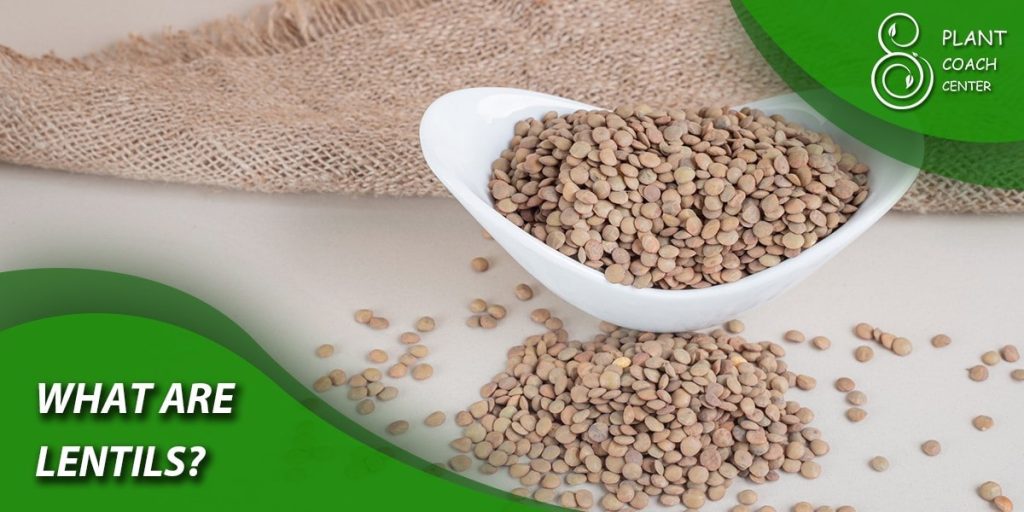
Lentils have been a part of the human diet for thousands of years. They were among the first crops domesticated in the Near East. Today, they’re grown in many parts of the world, with Canada, India, and Turkey being the top producers.
The Basics of Growing Lentils
Best Climate for Lentils
Lentils prefer cool, dry weather. They’re usually planted in the spring and harvested in the fall. This crop is fairly tolerant of drought but doesn’t do well in high humidity or extreme heat.
Soil Requirements
Lentils thrive in well-drained, fertile soils with a neutral to slightly alkaline pH. They also prefer soils rich in organic matter.
Step-by-Step Guide on How to Grow Lentils
Choosing and Preparing the Seeds
Select high-quality seeds from a reliable source. Soak them overnight before planting to speed up germination.
Planting the Seeds
Plant the soaked lentil seeds about an inch deep into the soil. Space them about 1 to 2 inches apart. Water them thoroughly.
Tending to the Growing Lentils
Keep the soil evenly moist but not waterlogged. Watch out for pests like aphids and diseases such as rust.
Harvesting and Storing Lentils
When the pods turn brown and start to crack open, it’s time to harvest. Store the dried lentils in airtight containers in a cool, dry place.
Common Pests and Diseases Affecting Lentil Plants
Like most plants, lentils are susceptible to a variety of pests and diseases. Understanding these threats is the first step towards maintaining a healthy lentil crop.
Pests
1. Aphids: These small, soft-bodied insects can cause significant damage to lentil crops. Aphids suck the sap from plant tissues, leading to yellowed, curled, or stunted leaves. They also excrete a sticky substance called honeydew, which can lead to the growth of sooty mold. Control measures include introducing natural predators, such as ladybugs and lacewings, using insecticidal soaps, or applying neem oil.
2. Pea Weevils: Pea weevils lay their eggs on the surface of the soil, and the larvae feed on the root nodules of the plant. The adult weevils feed on the leaves, leaving characteristic notches on the leaf edges. Regularly monitoring and early detection are crucial for managing these pests. Crop rotation can also help break the weevil’s life cycle.
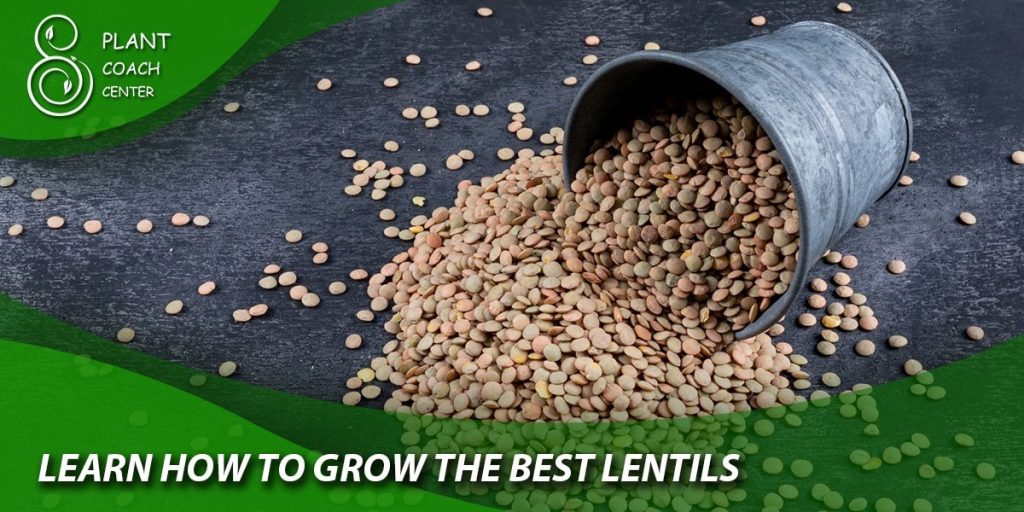
Diseases
1. Fusarium Wilt: Caused by the fungus Fusarium oxysporum, this disease can lead to wilting and yellowing of lentil plants, often resulting in plant death. The fungus lives in the soil and enters the plant through the roots. To manage this disease, use disease-free seeds, practice crop rotation, and remove and destroy infected plants.
2. Ascochyta Blight: This is a serious fungal disease that can significantly reduce lentil yield. Symptoms include dark spots on leaves, stems, and pods, and in severe cases, the death of the entire plant. Using resistant varieties, crop rotation, and fungicides can help control this disease.
3. Anthracnose: Caused by the fungus Colletotrichum truncatum, anthracnose can lead to large, sunken lesions on stems and pods, and premature death of the plant. To control this disease, use disease-free seeds, remove infected plant debris, and apply appropriate fungicides.
4. Rust: Rust is another fungal disease that causes orange, powdery spots on the leaves and stems of lentil plants. Over time, these spots become black and necrotic. Planting resistant varieties, proper spacing of plants for good air circulation, and fungicides can help manage rust.
Ideal Growing Conditions for Lentils
Lentils are adaptable plants that can grow in various conditions. However, to optimize their growth and yield, the following conditions are considered ideal:
Climate
Lentils are cool-weather legumes, making them suitable for spring planting. They are also relatively drought-tolerant and can resist short periods of dry weather. Excessive humidity and high temperatures can be harmful, leading to disease and poor growth, so a dry and cool climate is ideal.
Soil
Lentils prefer well-drained soil to prevent waterlogging and the potential for root diseases. They can thrive in a wide range of soil types, including loam, sandy loam, or clay loam soils. The soil should be rich in organic matter for the best growth.
The pH of the soil is also a crucial factor. Lentils prefer a neutral to slightly alkaline soil pH, with ideal levels ranging from 6.0 to 8.0.
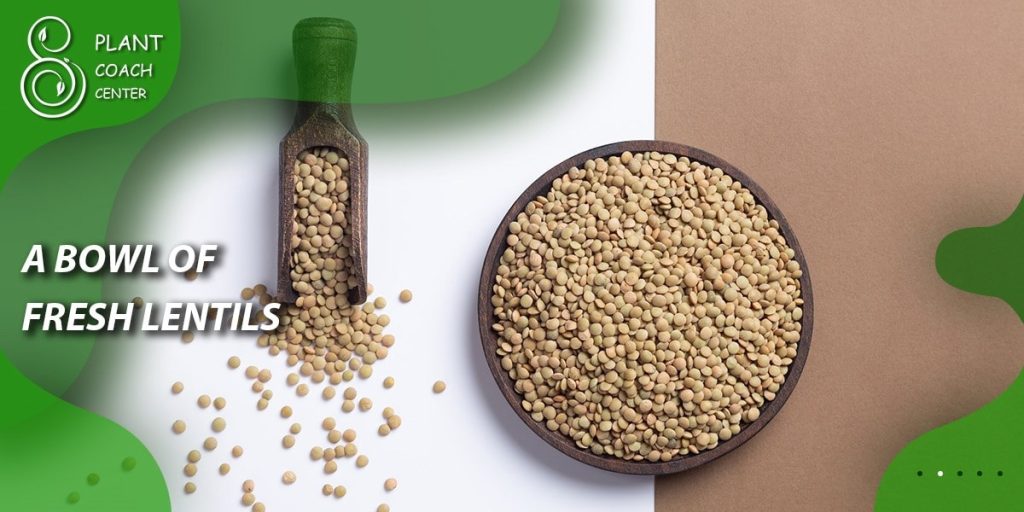
Sunlight
Lentils need full sun exposure to grow their best. They should receive at least six hours of direct sunlight each day. The sunlight helps the plants to photosynthesize efficiently, promoting healthier growth and a higher yield.
Spacing
When planting lentils, adequate space should be provided to each plant to ensure good air circulation and prevent disease. The seeds should be planted approximately 1 to 2 inches apart, and rows should be around 18 to 24 inches apart.
By providing these ideal conditions, you can maximize your lentil harvest and enjoy these nutritious legumes right from your backyard!
Growing Lentils in Containers versus In-Ground Planting
Lentils, being highly adaptable, can be grown both in containers and directly in the ground. Each method has its benefits and considerations.
Container Gardening
Yes, you can certainly grow lentils in containers. This method offers flexibility, especially if space is limited or if your soil isn’t ideal for lentil growth.
When choosing a container, make sure it’s deep enough to accommodate the root system of the lentil plant, which needs room to grow and spread. A depth of about 12-15 inches is typically sufficient. The container should also have adequate drainage holes to prevent waterlogging.
Use a high-quality potting mix that drains well. Regular watering is key, but be careful not to overwater as lentils do not like soggy conditions. Place the container in a sunny location, ensuring it receives at least six hours of sunlight each day.
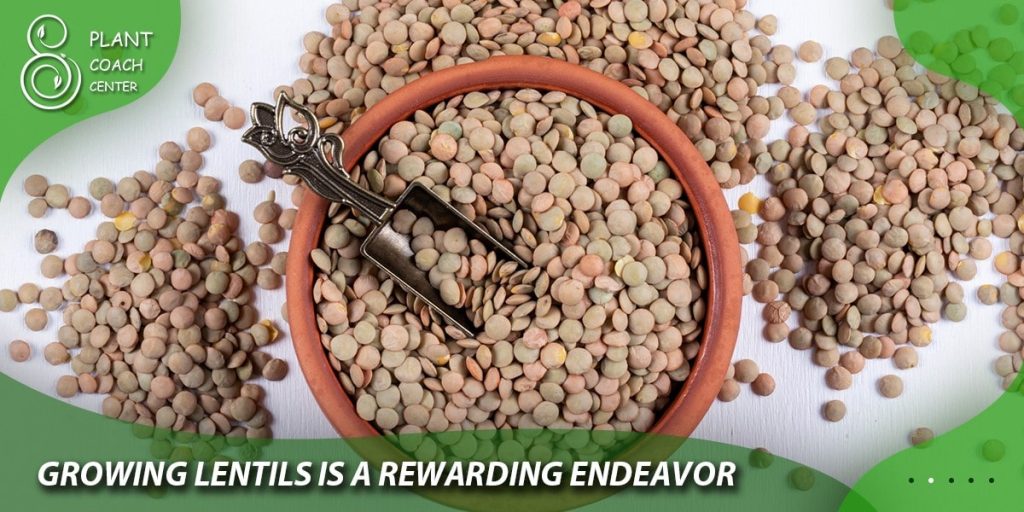
In-Ground Planting
Planting lentils directly in the ground is the traditional method and can lead to a bountiful harvest, especially if you have a larger space available.
Before planting, prepare the soil by removing weeds and other debris. As lentils prefer a well-draining soil, you might need to amend heavy clay soils with organic matter or sand to improve drainage.
Like container-grown lentils, in-ground lentils need full sun exposure, so choose a plant site that isn’t shaded.
Whether you choose to grow lentils in containers or in the ground, the key to a successful harvest lies in providing the plants with their preferred conditions: full sun, well-drained soil, and a cool, dry climate.
Conclusion
Growing lentils can be a rewarding endeavor, both for the nutritional benefits and the joy of gardening. With the right knowledge and care, you can enjoy a bountiful harvest. At PlantCoachCenter.com, we provide extensive resources, advice, and support to help you grow a variety of plants, including lentils. Join our community today!
What is the best time to plant lentils?
Spring is the best time to plant lentils.
How long does it take for lentils to grow?
It takes about 100 to 120 days for lentils to grow from seed to harvest.
Can lentils be grown in pots?
Yes, lentils can be grown in pots. Make sure the pot is deep enough to accommodate the roots.
What are the benefits of growing your own lentils?
Growing your own lentils allows you to enjoy fresh, organic produce. It’s also a fun and rewarding experience
How do you take care of lentils?
Taking care of lentils involves proper watering, weeding, and pest management. It’s also important to harvest them at the right time.
What are some varieties of lentils to grow?
Some popular varieties include Green, Puy, Red, Yellow, and Black Beluga lentils.


